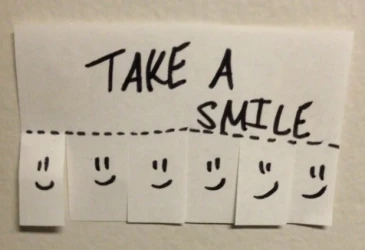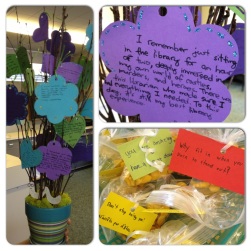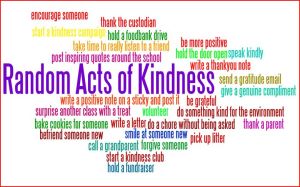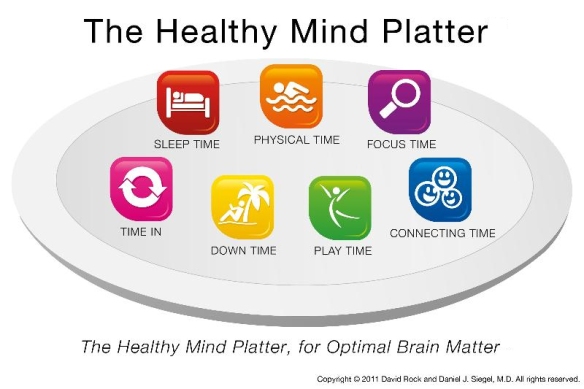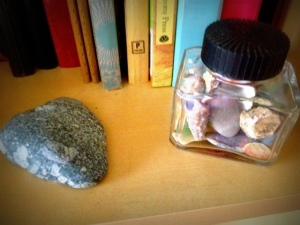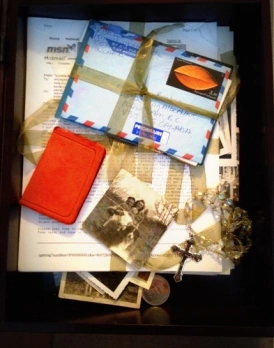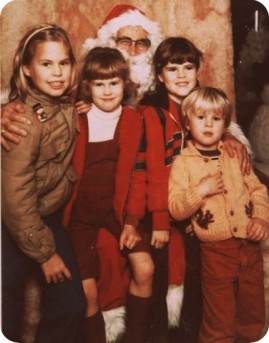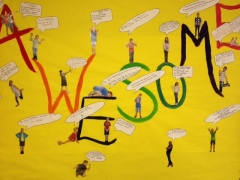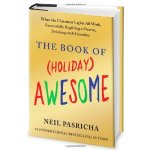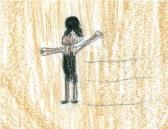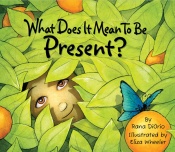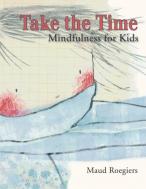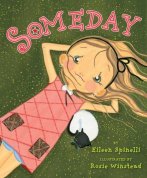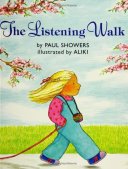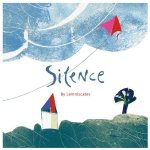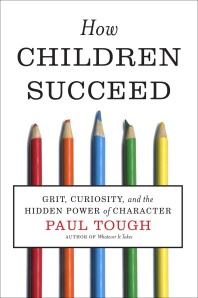
In my job, each day I am given the opportunity to work with amazing kids. For a few short years, I have the opportunity to watch their successes and their struggles, to see them persevere against the challenges of middle school, and to see them strive to figure out who they are and where they fit in. As I watched our recent group of Grade 8 students walk across the stage at this year’s middle school leaving ceremony, I couldn’t help but wonder where life’s path would take them. I have little worries about some. Even at a young age, they seem to have a resiliency and sense of purpose that assures me they will find their way. For others, I know the road will be harder, there will be more bumps and obstacles in their way, and I am left hoping that they have the grit and determination to persevere and come out the other side stronger and more self-assured.
What it is that makes some children more resilient than others? What is it that causes some to thrive and some to lose their way in life? And what can be done to foster the resiliency needed to succeed?
As I was trying to figure out the answers to these questions, I had the opportunity to hear Paul Tough speak about his book, “How Children Succeed: Grit, Curiosity and the Hidden Power of Character,” at the Heart and Mind Conference in Vancouver. I bought his book and placed it in the pile with all the other summer reading. On a recent trip, I took it on the airplane and spent the next few days looking for any opportunity to read. What he was saying made a lot of sense and began to shed a bit of light on what is a very complex topic. Some of the key takeaways were:
Stress, Adversity, and the Teenage Brain: No surprise that studies have shown that early adversity puts stress on the brain making it harder to concentrate, sit still, follow directions and bounce back. However, while the brain and body are more susceptible to the impact of stress in early childhood, in adolescence the damage stress leaves can cause more serious and long lasting problems. When something is out of balance in the adolescent brain it is more prone to making poor or impulsive decisions. This stress or trauma comes out in two ways. It is either turned inward and manifests into fear, anxiety, sadness, insecurity, and self-destructive actions or it is turned outwards and manifests itself in behaviour. As educators, it is easy to pick out those who manifest stress in a way that is impossible not to notice. Where it gets tricky is identifying those students who survive by turning inwards.
The Role of Parents: Dozens of studies have shown that children with a secure attachment with a parent are often more socially competent and better able to manoeuvre their way through the teen years. With that said, studies have also shown that you don’t need to be a super parent. Instead, just being helpful and attentive to your child’s needs and emotions can make a dramatic difference in a child’s life. For students lacking this secure attachment, schools play an even bigger role in trying to fill these shoes.
The Brain is Malleable: Tough argues that the brain is malleable which means teens have the capacity to rethink or remake their lives in a way that young children don’t. Tough argues that to be a good teacher, you have to fundamentally believe that both intelligence and character are malleable and that children can change the way they think and act. There can be enormous growth when a child believes this too and Tough’s book is riddled with success stories that are both compelling and heart-warming.
7 Key Character Traits for Success: Smarts are not enough. If it was, Tough argues that we wouldn’t be seeing an epidemic of our smartest kids failing to thrive when faced with challenge. Instead, he argues that the key to success are the following 7 character traits which can very much be taught to children and build a foundation for resiliency:
Grit
Curiosity
Self-control
Social intelligence
Zest
Optimism
Gratitude
The Importance of Failure: As important as teaching the character traits is teaching students that failure is a crucial part of the learning process. While it is in our biological makeup to want to protect our children, what they need is some struggle, some challenge, and the opportunity to overcome even if just to prove to themselves that they can do it. In order to succeed, sometimes you first have to learn how to fail.
The Importance of Mental Contrasting: Middle school is the key age to transform pessimism into optimism but it is not enough to just teach students how to be optimistic. In contrast, students need to actively learn how to concentrate on a positive outcome while focusing on the obstacles they will need to overcome. By doing so, this creates a strong link between the future and an action plan needed to overcome the challenges most likely faced along the way.
Student Management: As educators, Tough argues that it is crucial that we look at how we approach discipline. In a school run on a compliance based system, a student’s own ability to make decisions is often suppressed. Effectively working with students requires more conversations, bigger questions, and an emphasis on really hearing and respecting student voice. Students will make mistakes and they will fail, but they need to look their choices in the eye, see where they messed up, and believe they can do better next time.
As educators, our greatest hope for all our students is that each will develop the resiliency, the grit, and the determination to overcome adversity and to find their purpose and passion in life. The reality is we know that some have a long and hard road ahead of them. With that said, I have the opportunity to see resiliency thrive on a daily basis. So many of our students, no matter where you teach, have been dealt a tough hand, yet something in them drives them forward and pushes them in a positive direction. Perhaps it is something innate inside them or perhaps, as Tough says, it is the people in their lives who have helped them up the ladder.
What I do know is that in a month new students will walk through the door and familiar faces will come back having been shaped by the summer. What I know is that we will be met with a mix of students and that, as educators, we will need to meet them all where they are at. My hope is that we can begin to look at better ways to build character and to pave a way towards a greater understanding of adversity and resiliency in the hope that more students, as Tough states, will be able to tell themselves, “I can rise above this little situation. I am okay. Tomorrow is a new day.”

